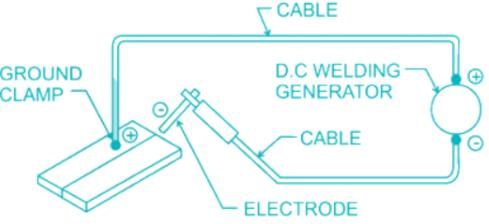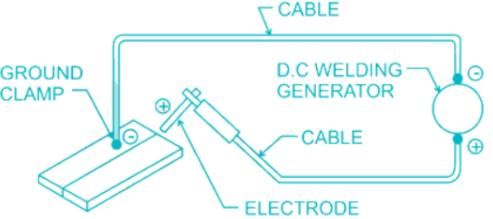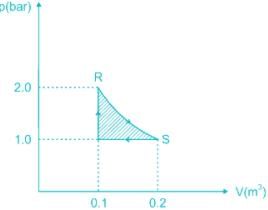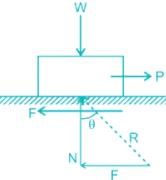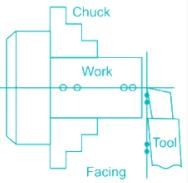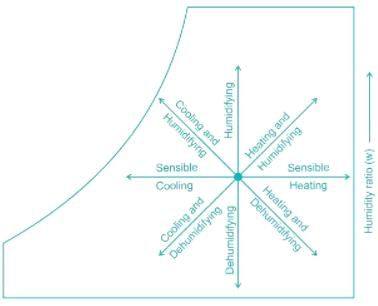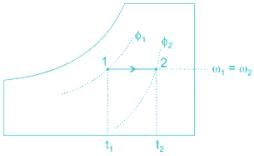HPCL Mechanical Engineer Mock Test - 3 - Mechanical Engineering MCQ
30 Questions MCQ Test - HPCL Mechanical Engineer Mock Test - 3
Directions: In the given sentence, an idiom or phrase is missing. Choose the phrase/idiom that can fill the blank both grammatically and contextually.
Convincing them to pay for his school trip was _______________ for him and he did it within the wink of an eye.
| 1 Crore+ students have signed up on EduRev. Have you? Download the App |
A, B, C are the three angles of a Δ. If A − B = 15° and B − C = 30°. Then ∠A is equal to :
A company has 80 employees. The average income of 30 of them is Rs. 48,000 and the average income of the rest of them is Rs. 30,000. What is the average income of all the employees of the company?
On which number of term does 78 falls in the A.P. 3, 8, 13, 18, … is 78?
If 3x + 64 = 26 + (√3)8, then the value of ‘x’ is
The volume of cuboid of dimensions 4 cm, 2 cm and 3 cm is
Arrange the following words in the logical and meaningful order.
1. Designing
2. Manufacturing
3. Production
4. Planning
5. Implementation
Directions to Solve
In each of the following questions find out the alternative which will replace the question mark.
Question -
Ornithologist : Bird :: Archealogist : ?
Direction: Study the following information carefully and answer the given questions besides.
Eleven persons are sitting in a line facing the north direction. J sits fourth to the right of O and N sits second to the left of J. Five persons sit between L and J. Only H sits between J and G. Only D sits between G and C. E is not an immediate neighbour of N. G is not an immediate neighbour of J but fifth to the right of I. M, who sits exactly in the middle, is second to the right of I.
Q. What is the position of O with respect to M?
Directions: Study the following question carefully and choose the right answer.
If ‘Development’ is written as ‘Tnemdevelop’. Then ‘Evaluation’ will be written as
'Much' is related to 'Many' in the same way as 'Measure' is related to:
The working pressure of Cornish boiler is _______ Stirling boiler
In arc welding, penetration is minimum for
An ideal gas undergoes an isothermal expansion from state R to state S in the turbine, as shown in the diagram given below:
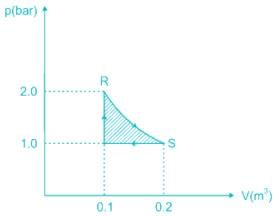
The area of the shaded region is 1000 N-m. The amount is turbine work done during the process is
To avoid separation, the most suitable ratio of throat diameter and pipe diameter in a venturi meter is ______.
When a real gas undergoes Joule-Thomson expansion, the temperature
Which of the following elements is lustrous in the second nature?
Water is pumped through a pipeline to a height of 10 m at a rate of 0.1 m3/s. If frictional and other losses amount to 5 m, the pumping power required in kW would be
In limiting friction, the resultant reaction R, the normal reaction N, and angle of friction θ, are related as
According to the linear law of machine, when P is the effort and w is the load, then.
What percentage of efficiency of an internal combustion engine is above?
A thermistor is basically an instrument for the measurement of
If air is heated without changing its moisture content, the dew point will _____.








